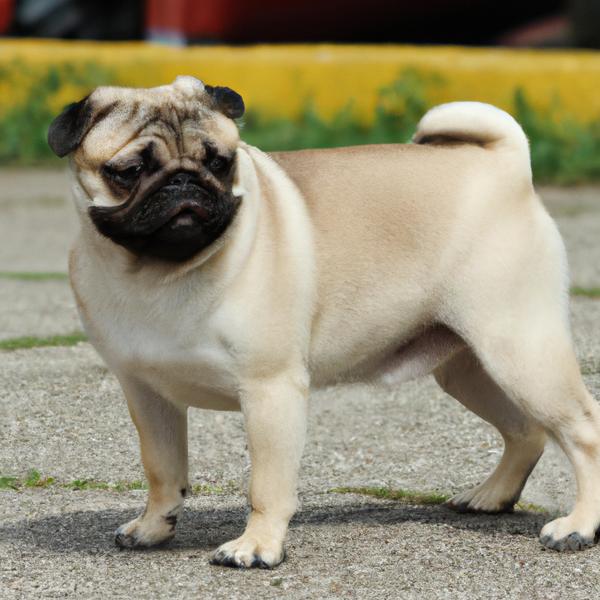Pugland vs. Pomsky: Breed Differences and Similarities
Hypoallergenic
Are Puglands or Pomskys hypoallergenic, or neither?
Unfortunately, neither Pugland nor Pomsky are hypoallergenic, which may not make them the best choice for dog lovers who suffer from pet allergies.
Temperament
What are the personalities of Pugland and Pomsky dogs?
Playful
Independent
Alert
Courageous
Intelligent
Friendly
Affectionate
Loyal
Gentle
Going
Cheerful
Active
Friendly
Intelligent
Shedding Level
Do Puglands shed more than Pomskys, or which breed sheds more, Puglands or Pomskys?
Puglands are moderate shedders, but regular brushing can reduce shedding and maintain coat health.
Pomskys are heavy shedders, but regular brushing can help manage shedding and promote a healthy coat.
Watchdog Ability
Which dog breed makes a better watchdog, the Pugland or Pomsky?
Avoid Puglands as watchdogs - they're not effective.
Pomskys aren't great guard dogs; they tend to just watch without taking action.
Origin
What is the origin of Pugland and Pomsky dog breeds?
United States
United States
Ancestry
What are the origins of Pugland and Pomsky breeds?
Pug and Westie
Pomeranian, Husky
Breed recognition
Which kennel clubs recognize/register Pugland and Pomsky?
ACHC = American Canine Hybrid Club
DBR = Designer Breed Registry
DDKC = Designer Dogs Kennel Club
DRA = Dog Registry of America, Inc.
IDCR = International Designer Canine Registry®
Pomsky Club of America
Date of Birth
When were Pugland and Pomsky breeds first developed?
2000s
2009
Eye Color Possibilites
What are the eye colors of Pugland and Pomsky dogs?
Brown
Blue
Hazel
Brown
Amber
Nose Color Possibilites
What are the natural nose colors of Pugland and Pomsky?
Black
Black
Brown
Coat Color Possibilites
What are the natural colors of the coat for Pugland and Pomsky breeds?
Black
Brown
Fawn
White
Fawn
Pied
Gray
Black
Brown
Cream
White
Coat Length
What is the typical coat length for Pugland and Pomsky breeds?
Puglands have longer coats compared to most dogs.
Pomskys have medium-length coats.
Coat Density
What is the density of the coat of Pugland and Pomsky?
Coat Texture
What is the hair texture of Pugland and Pomsky?
Straight
Litter Size
What is the usual litter size for Pugland and Pomsky?
A Pugland can have a litter of 2-5 puppies on average. However, it's worth noting that the size of the litters can vary greatly. Factors that can influence litter size include the health of the mother, breeding history, and genetics.
A Pomsky can have a litter of 12-15 puppies on average. However, it's worth noting that the size of the litters can vary greatly. Factors that can influence litter size include the health of the mother, breeding history, and genetics.
Adaptability
Pugland and Pomskys are known for their adaptability and versatility. They are capable of adapting well to a wide range of lifestyle changes and living environments, making them great companions for families and individuals of all lifestyles.
Health Issues
Between Pugland and Pomsky, which breed is more prone to health problems?
The Pugland breed is generally very healthy, requiring minimal vet visits. Still, it's important to keep an eye on their health and seek veterinary care when needed.
While the Pomsky breed is generally healthy, occasional vet check-ups are still necessary to address any health concerns.
Major Concerns
What are the major health concerns for Pugland and Pomsky breeds?
Addison's Disease
Brachycephalic Syndrome
Craniomandibular Osteopathy (Lion Jaw)
Patellar Luxation
Allergies
Eye Problems
Dental Problems
Minor Concerns
What minor health issues should be kept in mind when owning Pugland and Pomsky?
Entropion
Skin-Fold Dermatitis
Glaucoma
Seborrhea
Keratoconjunctivitis Sicca (Dry Eye)
Canine Hip Dysplasia
Collapsed Trachea
Skin Conditions
Occasional Tests
What occasional tests are recommended for Pugland and Pomsky breeds?
Eye Examination
Skin Evaluation
Internal Imaging (x-ray, CT scan, MRI, etc.)
Blood And Urine Analysis
DNA
Eye Examination
Skin Evaluation
Blood Count
Internal Imaging (x-ray, CT scan, MRI, etc.)
Dental and Oral Examinations
Energy
How do the energy levels of Puglands and Pomskys compare?
Puglands are a good choice for a low-key lifestyle due to their low energy levels.
Pomskys' high energy levels make them unsuitable for a low-key dog, choose accordingly.
Social Needs
Pugland vs Pomsky social needs comparison
Pugland has very high social needs and requires regular mental and physical stimulation, a job or purpose, and companionship.
Pomsky has above average social needs and thrives with interaction with humans and other dogs.
Exercise Needed
Pugland vs Pomsky exercise need comparison.
Puglands require significant physical activity and suit those with an active lifestyle.
Pomskys need moderate physical activity and are great for families and active individuals.
Sleeping Need
Which of the two sleeps the most/least: Pugland or Pomsky?
Pugland and Pomsky breeds are known to have moderate energy levels and normal sleep patterns, typically sleeping around 12-14 hours per day.
Tendency to Bark
Do Puglands or Pomskys bark more/less frequently?
The Pugland is a vocal breed that frequently barks and howls, and may not be suitable for those seeking a quiet companion.
Pomsky dogs bark and howl frequently and are not recommended for quiet homes.
Mouthiness
Mouthiness Comparison: Pugland vs Pomsky?
Roaming urge
Pugland vs Labrador: Running away tendency?
Prey Drive
Pugland or Pomsky - which breed has a higher level of prey drive?
Past times
What are some enjoyable activities and ways to keep Pugland and Pomsky entertained?
Camp, Hike, Kayaking
Swim, Walk, Fetch, Running, Dancing, Hiking, Going for walks, Playing catch, Walking, Playing fetch, Going on drives, Taking pictures, Barking, Run, Fight, Whining, Road trip, Brat, Kisses, Hugs, Playing, Snuggling, Park
Activity Level
Which breed has higher energy, Puglands or Pomskys?
Both Pugland and Pomsky are medium-energy dogs that enjoy socializing and playing with other dogs. They may engage in casual or sustained games of chase, and occasionally have bursts of barking or racing around the house.
Tolerance of being left alone
Walks per Week
How many miles should Pugland or Pomsky walk each week?
There's really no limit to how far you walk your dog as long as they're comfortable. For Pugland, it's at least 6 miles / week. Just remember to build distance and stamina gradually over time.
There's really no limit to how far you walk your dog as long as they're comfortable. For Pomsky, it's at least 10 miles / week. Just remember to build distance and stamina gradually over time.
Activity per Day
Do Puglands or Pomskys require more exercise?
Both Pugland and Pomsky typically require a minimum of 45 minutes of exercise each day. The exercise can be spread throughout the day and may involve high-energy activities like walking, running, and playing.
Grooming
Which breed is easier to maintain in terms of grooming, Puglands or Pomskys?
The Pugland requires an average amount of grooming compared to other breeds.
Pomskys require significant grooming, including regular trims and professional grooming assistance to maintain their coat. They may also require frequent bathing to keep their coat and skin healthy.
Brushing Frequency
What is the recommended brushing frequency for Pugland and Pomsky dogs?
Ideally, both Pugland and Pomsky should be brushed at least 2 or 3 times a week (preferably daily) to improve shedding.
Brushing Tools
What brushing tools are used for Puglands and Pomskys?
Pin Brush
Comb
Nail Clipper
Pin Brush
Slicker Brush
Scissors
Nail Clipper
Cups
How much food should be given to Pugland or Pomsky in cups?
For an average 15-20 pound (7 - 9 kg) Pugland feed 1.5 cups daily. But, keep in mind, the amount you feed is going to be dependent on the quality of the food you are feeding.
For an average 24-30 pound (11 - 14 kg) Pomsky feed 2.5 cups daily. But, keep in mind, the amount you feed is going to be dependent on the quality of the food you are feeding.
Daily Cost
Which breed has a higher daily cost, Pugland or Pomsky?
The average cost of a Pugland is somewhere $1.70 - $2.20 per day.
The average cost of a Pomsky is somewhere $1.70 - $2.00 per day.
Monthly Cost
Which breed has a higher monthly cost, Pugland or Pomsky?
The average per month expenses of a Pugland is between $34 - $67. This makes an average of $408 - $804 per year. It will be on the higher side when the dog is still small because it will need more frequent visits to the vet, shots.
The average per month expenses of a Pomsky is between $48 - $63. This makes an average of $576 - $756 per year. It will be on the higher side when the dog is still small because it will need more frequent visits to the vet, shots.
Intelligence
Comparing Intelligence: Puglands vs Pomskys
Pugland has below average obedience intelligence, but they excel in understanding human emotions.
Pomsky is a very intelligent and trainable breed.
Sensitivity Level
How do Pugland and Pomsky compare in sensitivity?
These breeds are more sensitive than others and easily overwhelmed by new surroundings and people. Pugland and Pomsky need gentle handling and a calm, stable home environment with positive reinforcement training.
Affection Dependance
Which is the more affectionate dog breed: Pugland vs Pomsky?
Apartment Friendly
Which breed is more apartment-friendly: Pugland or Pomsky?
Pugland and Pomsky are apartment-friendly dog breeds. They can do perfectly well in apartments providing they are sufficiently exercised and taken out and about as part of their owner's daily lifestyle.
Child Friendly
Do Puglands or Pomskys have a friendlier temperament towards children?
Puglands are good with kids if socialized and trained from a young age.
Pomskys have an average level of friendliness towards children.
Senior-friendly
Which dog is more suitable as a pet for the elderly - Pugland or Pomsky?
Cat Friendly
Do Pugland or Pomsky breeds have a better compatibility with cats?
Puglands are good with cats, but early training is needed to prevent chasing behavior.
Pomskys are average in their friendliness toward cats and tend to do well with them, especially if raised together.
Dog Friendly
Which breed is more sociable with other dogs: Pugland or Pomsky?
Puglands are generally very friendly towards other dogs, with a happy and affectionate temperament.
Pomskys are friendly and active companions, and can be good family pets, though their friendliness towards other dogs may vary.
Pet friendly
How do Pugland or Pomsky dogs interact with other pets?
Stranger Friendly
Which breed is more friendly with strangers: Pugland or Pomsky?
Puglands are highly friendly around strangers.
Pomskys are averagely friendly around strangers but benefit from early socialisation.
Playfulness
Which breed is more playful between Pugland and Pomsky?
Pugland and Pomsky are playful dogs. So, no matter how busy the day may get, the best thing you can do for Pugland and Pomsky is to make time each day to play. It can be as little as 15-20 minutes, and it will mean the world to them.
Trainability
How do the trainability levels of Puglands and Pomskys compare?
Puglands are usually easy to train but require consistency to fully obey commands.
Pomskys are popular for their ease of training and quick learning ability.
Compare Pugland with other breeds
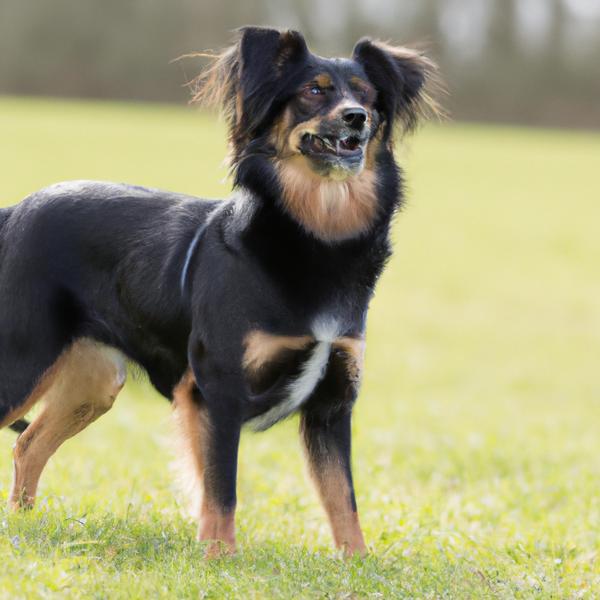
Schipese
Pugland vs Schipese
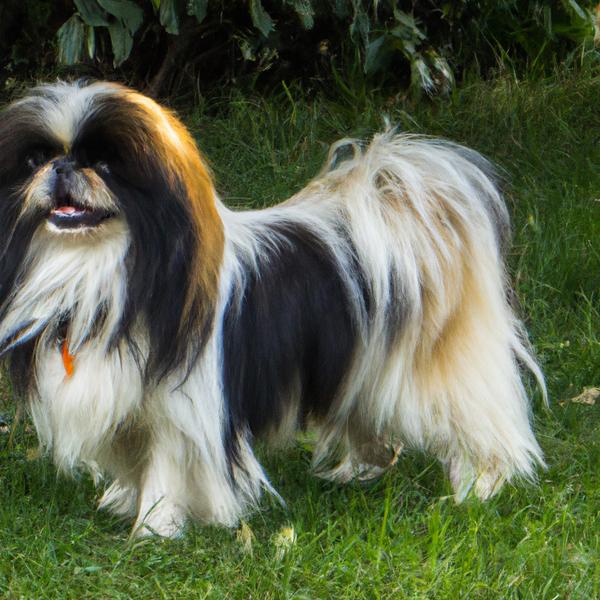
Tibetan Chin
Pugland vs Tibetan Chin

Sheprador
Pugland vs Sheprador
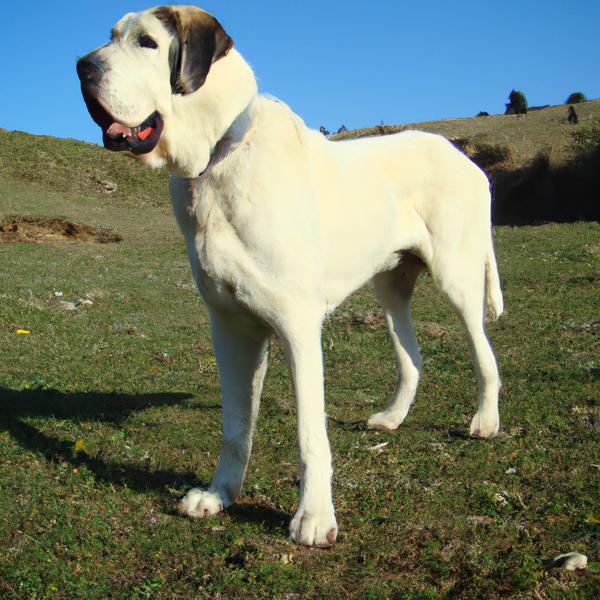
Great Pyredane
Pugland vs Great Pyredane
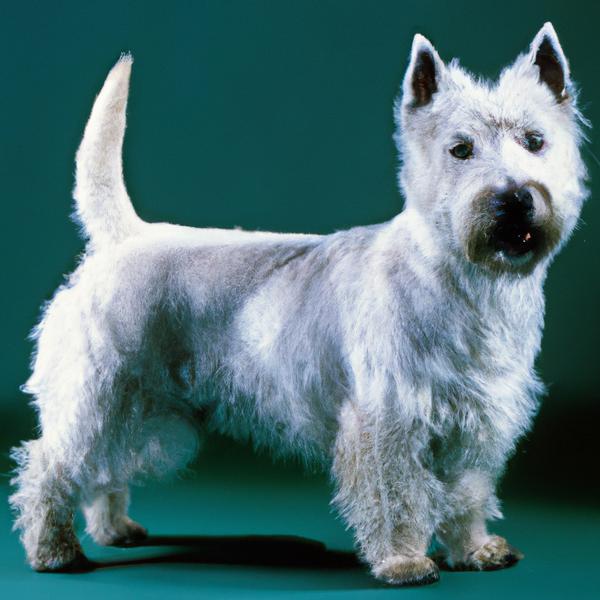
West of Argyll Terrier
Pugland vs West of Argyll Terrier

Silkytie
Pugland vs Silkytie
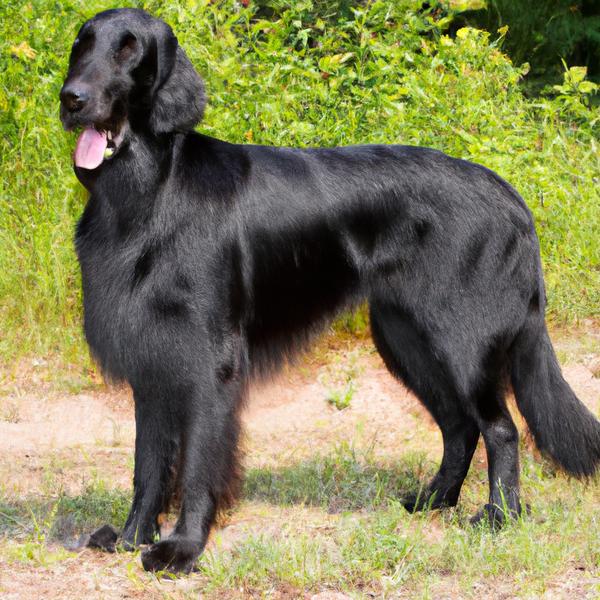
Flat-Coated Retriever
Pugland vs Flat-Coated Retriever
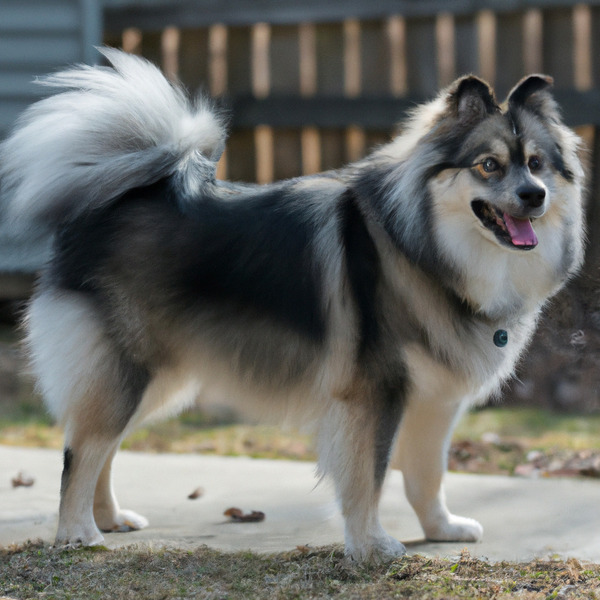
Pomsky
Pugland vs Pomsky
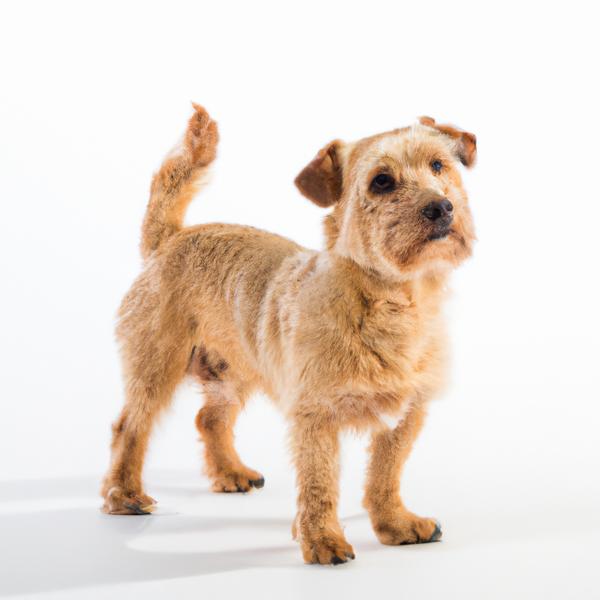
Corkie
Pugland vs Corkie
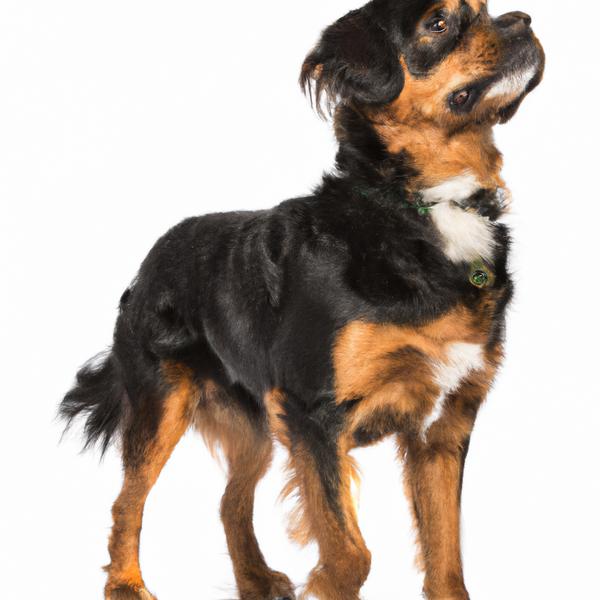
Brussalier
Pugland vs Brussalier

Border Collie Britt
Pugland vs Border Collie Britt
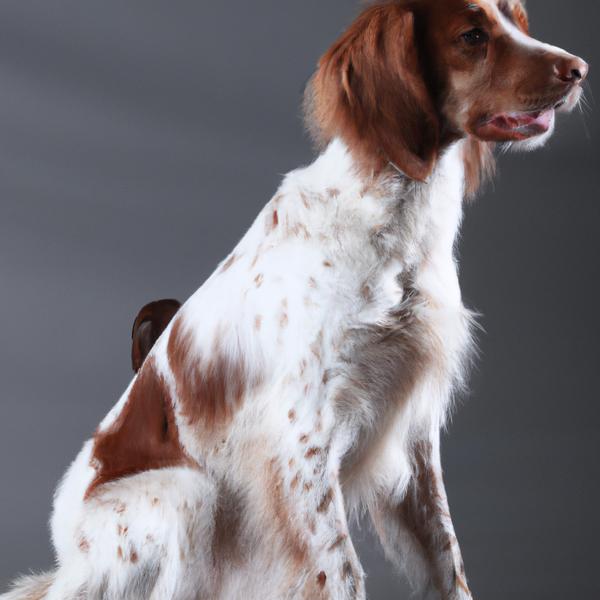
Brittany (Spaniel)
Pugland vs Brittany (Spaniel)
